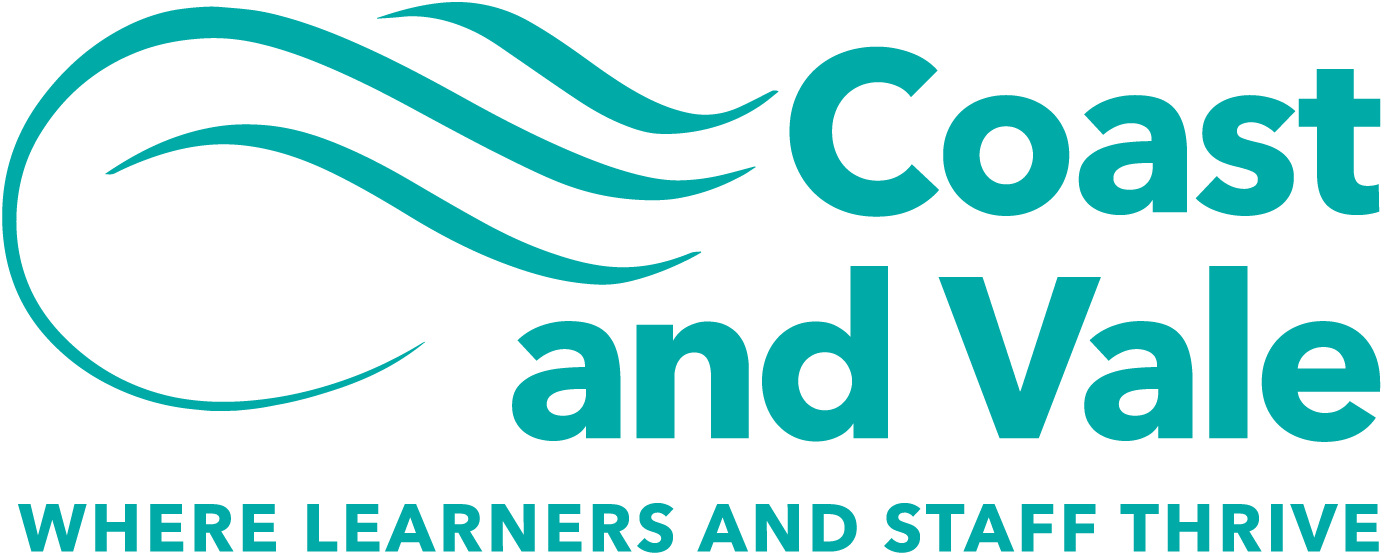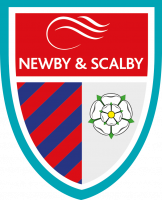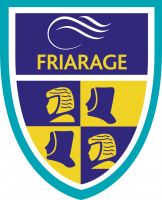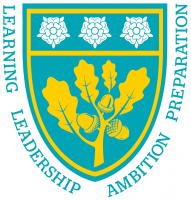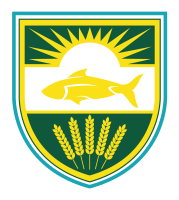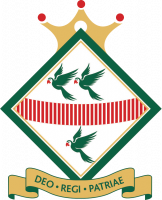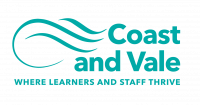Governance Structure
Set out below is the structure of Coast and Vale Leaning Trust’s (the Trust) governance arrangements. This outlines the functions and responsibilities of each tier of governance within the organisation and how they interact with each other to monitor, challenge and support statutory compliance and raising standards.
In the Academies Financial Handbook (AFH) the Education Skills Funding Agency (ESFA) provides detailed guidance on the roles and responsibilities of Members, Trustees and Governors. The latest AFH is available on the ESFA website.
The Trust is a charitable company limited by guarantee, as such, the liability of the members is set at £10 in the Trust's Articles of Association.
The Trust has a number of layers of governance:
Members
The Members who operate at a strategic level with ultimate control over the direction of the Trust. The functions of the Members include:
- Overseeing the achievement of the objectives of the Trust.
- Taking part in Annual and Extraordinary General Meetings.
- Appointing trustees.
- Signing off the company's financial accounts and annual report.
- Power to amend the Articles of Association (subject to approval by the DfE) and, ultimately, to remove trustees.
Overall, Members usually have much more limited practical involvement in the management of the Trust than the trustees.
Trustees
The Trustees have responsibility for day-to-day management and operation of the Trust on behalf of the Members.
The Trust is governed by non-executive directors constituted under a Memorandum of Association and Articles of Association. This Board of Directors (Board) is responsible for ensuring that high standards of corporate governance are maintained. The Board exercises its powers and functions with a view to fulfilling a largely strategic leadership role in the running of the schools. This affords greater opportunities for collaboration not only with regards to teaching and learning but also in terms of the management of each school, including the procurement of goods and services.
The Board is also governed by the terms of any Funding Agreements that are in place and the Academies Financial Handbook (AFH).
- Ensure the quality of educational provision
- Challenge and monitor the performance of the Trust
- Manage the Trust's finances and property/safety
- Manage the staff
- Exercise reasonable skill and care in carrying out their duties
- Ensure that the Trust complies with charity and company law
- Operate the Trust and its schools in accordance with the Funding Agreement that has been signed with the Secretary of State
Audit and Risk Committee
Is a subcommittee of the Board and is made up of Trustees, it has a separate Chair to that of the main Board. It oversees and approves the Trust's programme of internal scrutiny. It also responsible for ensuring that risks are being addressed appropriately. It will report to the Board on the adequacy of the Trust's internal control framework, including financial and non-financial controls and management of risks.
The Local Governing Committee
While the Trust has only one governing body, which is the Trust Board, each school has local governance arrangements in the form of a Local Governing Committee (LGC). The LGC is therefore a subcommittee of the Board. The role of the LGC is to carry the Trust’s vision, values, policies and priorities forward, provide internal assurance and, in addition, to develop the local community and employer links.
The LGC are made up of governors who are expected to question, challenge and support the school’s leadership. It is a requirement for the LGC to have parent and staff representatives.
The governors are part of the leadership of the school. It is their role to:
- ensure that the school is providing high quality education
- support and hold the school leadership to account
- provide a link between the school, the trust and the local community
- establish and oversee the vision and values of the individual school
The Senior Leadership Team of the Trust
The Senior Leadership Team (SLT) is led by the Chief Executive Officer who is appointed by the Members/Trustees. The main purpose of the SLT is to monitor, challenge and improve the quality of education in each school. This includes, but is not limited to:
- the academic performance of all learners;
- Providing a broad and balanced curriculum;
- Ensuring that there is a high quality leadership team in place in each school;
- Ensuring that all teaching and learning is effective in every class; and
- Ensuring finance and resources are deployed effectively to ensure high quality provision.
The SLT is responsible for the day to day monitoring of the performance of the schools and for the educational outcomes of learners, under delegated authority from the Board.
The CEO is also designated as the Accounting Officer for the purposes of the Trust’s Funding Agreement with the Funding Agreement. This designation confers legal responsibility for financial and administrative matters. The Company Secretary is the Chief Operating Officer.
The SLT meets regularly and co-ordinates the policies and activities of the Trust in conjunction with the Trustees. They attend relevant Trustee Board / Committee meetings as officers of the Trust and are responsible for interpreting and implementing the direction and decisions of the Board.
Individual School Leadership
Individual schools are led by a Headteacher, who is the person responsible for the day-to-day running of the school.
The Headteacher is supported by a Senior Leadership Team (SLT) which is made up of senior members of staff. Through their wide range of expertise and experience, the SLT work together to ensure that every learner has a high quality education.


